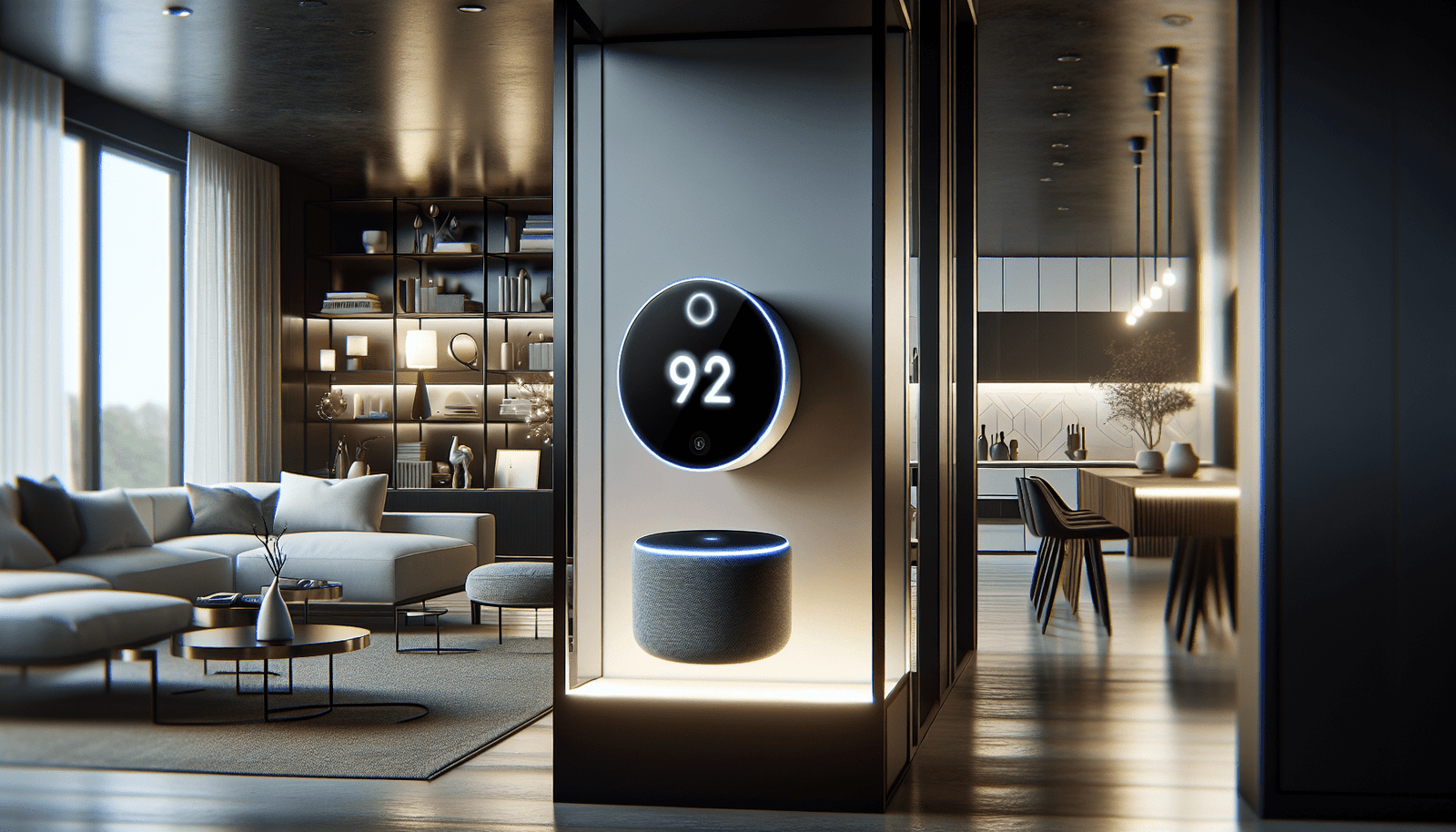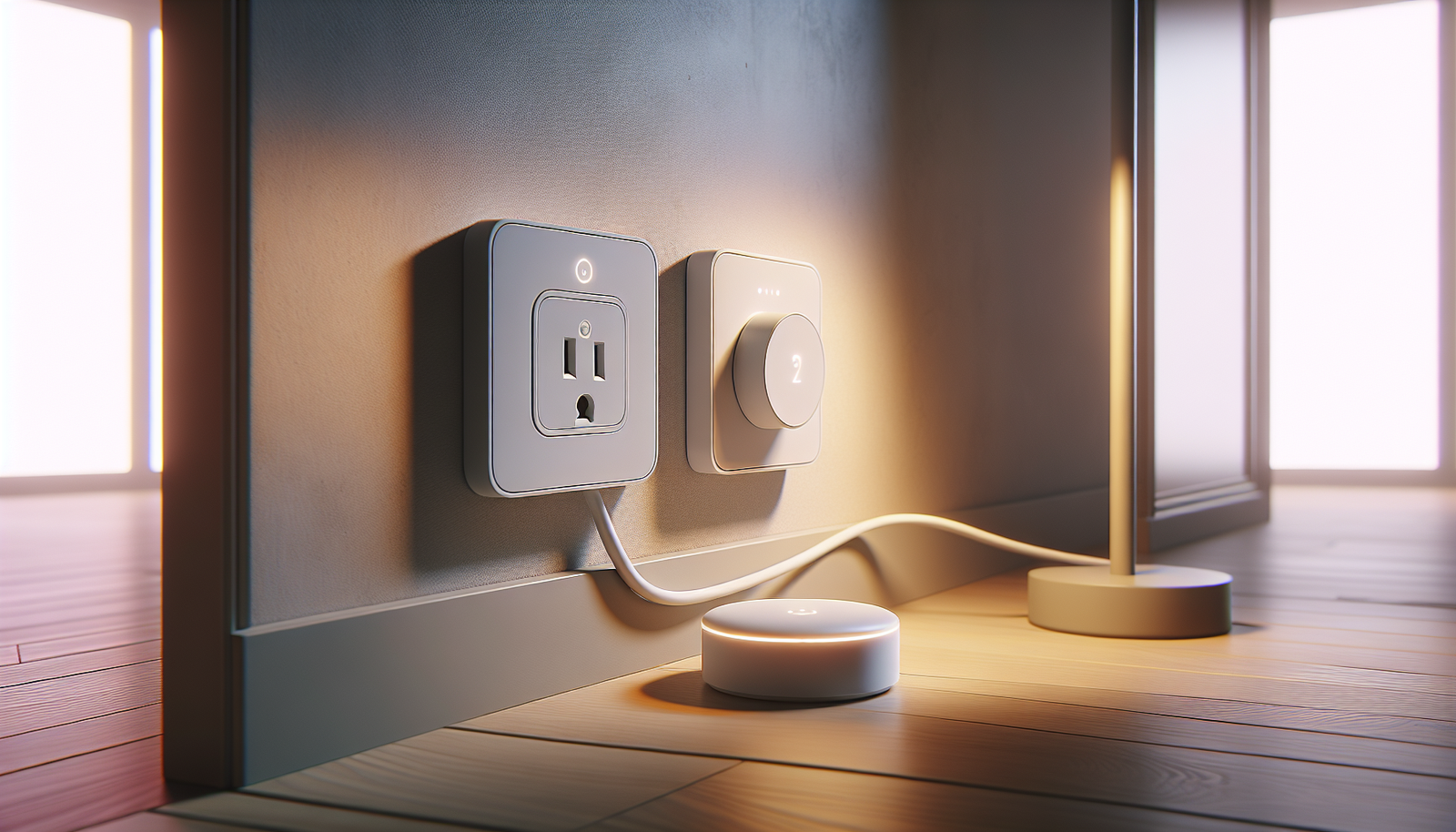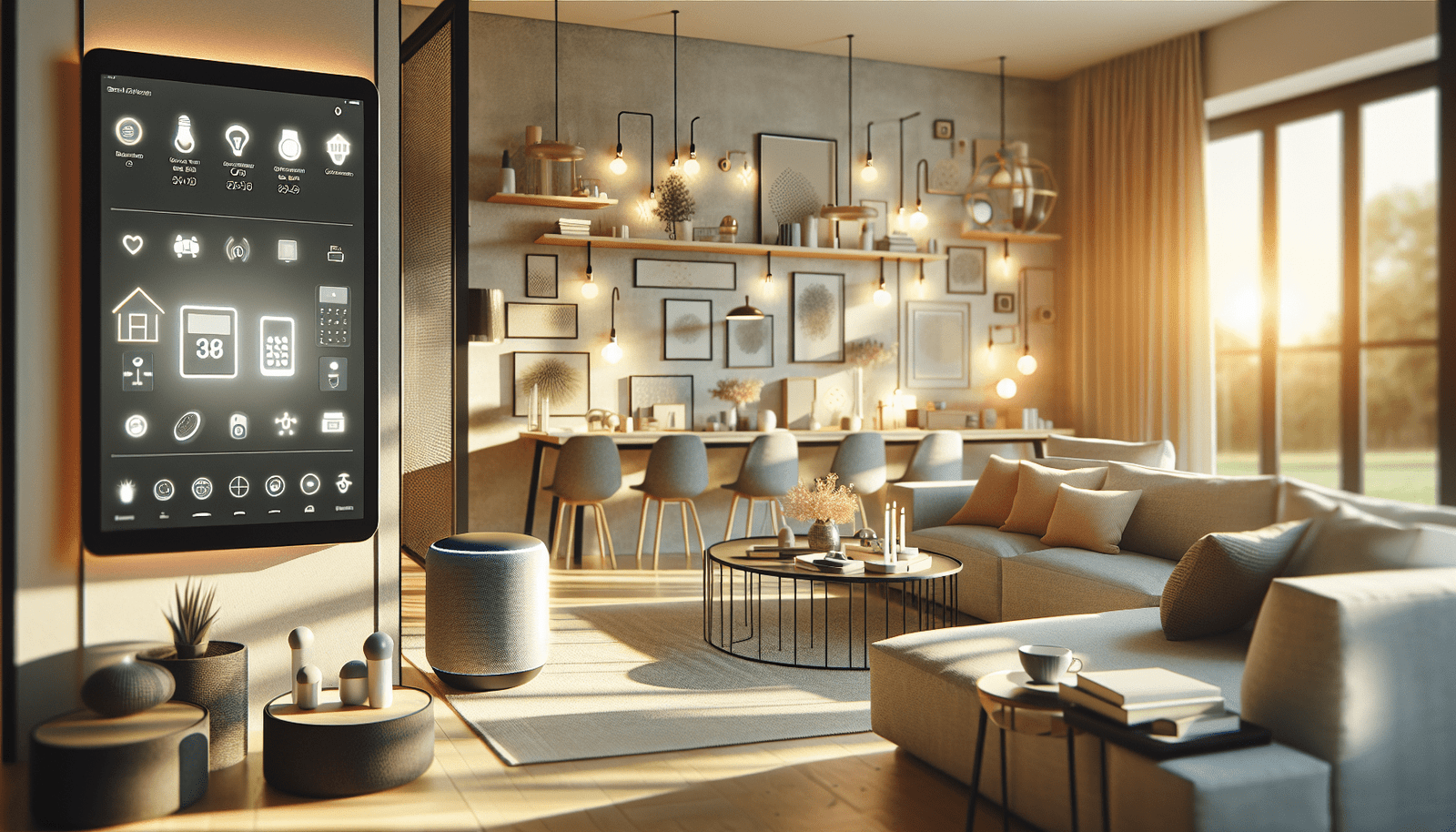Can the desire for modern convenience and innovation in your home lighting lead you to wonder if a smart bulb is compatible with your existing light fixtures? As you delve into the fascinating world of smart technology, you’ll quickly discover that smart lighting offers a plethora of features designed to enhance your lifestyle. But the compatibility of these bulbs with your current light fittings is a common cause for concern among homeowners and renters. This comprehensive guide aims to address your questions and provide clarity about integrating smart bulbs into your living space, ensuring you feel confident in your smart lighting decisions.
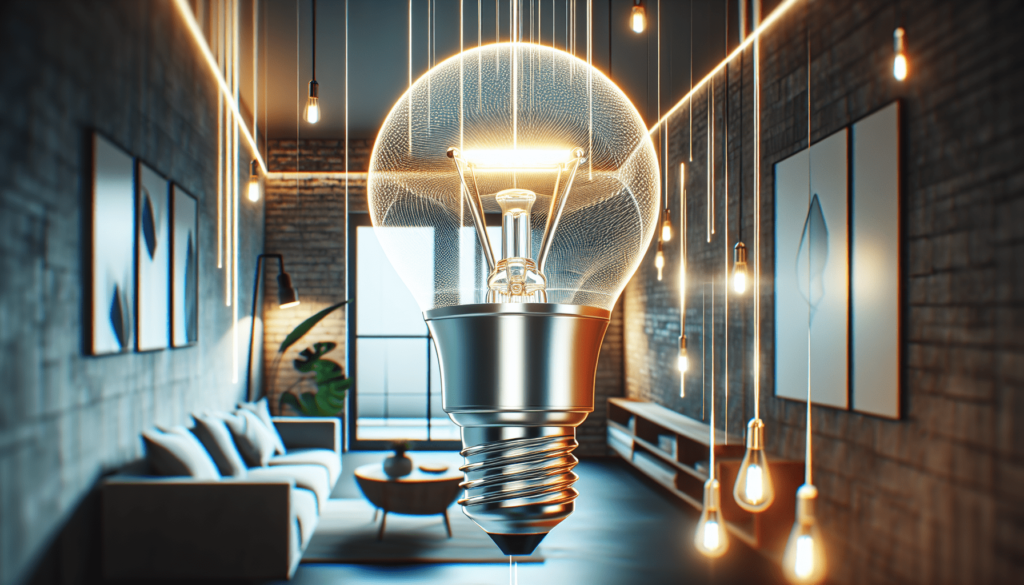
Understanding Smart Bulbs and Their Key Features
Before diving into compatibility, it is crucial to understand what makes smart bulbs unique. As an advancement in lighting technology, smart bulbs offer features that were unimaginable a decade ago. Unlike traditional bulbs, smart bulbs can connect to your home’s Wi-Fi, Bluetooth, or Zigbee networks, allowing you to control them remotely through your smartphone or voice assistants.
How Smart Bulbs Work
A smart bulb operates with an integrated chip capable of network communication, which allows you to adjust settings such as the bulb’s brightness, color, and scheduling via a dedicated app. The primary modes of connection are:
- Wi-Fi: Offers direct connectivity through your home’s internet network, removing the need for additional hardware.
- Bluetooth: Allows short-range control without requiring an internet connection, though this limits the range and functionality.
- Zigbee: A widely used smart home protocol requiring a hub for connection, offering lower power consumption and reliable connectivity.
Key Features of Smart Bulbs
Smart bulbs are celebrated for their versatility and user-controlled functionalities. The main features include:
- Dimming: Adjustable brightness settings allow you to set the mood or save energy.
- Scheduling: Program your lights to turn on or off at specific times for convenience and security.
- Color-changing Capabilities: Many smart bulbs enable users to choose from millions of color options, transforming the ambiance with a simple command.
Installation and Compatibility
The allure of transitioning to smart lighting is undeniably appealing, but can smart bulbs be installed in any light fitting? The answer is nuanced and depends on several factors, from the type of bulb to the compatibility with your existing fixtures.
Types of Light Fittings
Understanding the type of fitting in your home is pivotal for ensuring compatibility. Here’s a brief overview of common fittings:
- Edison Screw (E26/E27): A popular standard socket used in most households.
- Bayonet Cap (B22): Widely used, particularly in the UK and parts of Europe.
- GU10: Often found in recessed ceiling lights.
- MR16: Commonly used in track lighting, typically a two-pin fitting.
- Candelabra/Chandelier (E12/E14): Smaller sockets often used in decorative fixtures.
Smart Bulb Compatibility
While smart bulbs are available in various fitting types, ensuring compatibility with more complex systems, such as dimmer switches or three-way fittings, requires careful consideration. Here are key points to consider:
- Standard Fittings: Generally compatible with smart bulbs without issues.
- Dimmer Switches: May require a smart dimmer switch or compatibility check, as they can cause flickering or instability.
- Three-Way Lamps: Not all smart bulbs support multi-level brightness through traditional switch methods.
- Smart Hubs: Devices like Zigbee bulbs require a compatible hub for full functionality.
Energy Efficiency and Costs
As energy-conscious consumers, the goal is often to find lighting solutions that lower electricity costs without compromising on quality or convenience. Smart bulbs can play a vital role in energy management.
Power Consumption of Smart Bulbs
On average, smart bulbs consume less energy than traditional incandescent bulbs. Ranging between 7-10 watts, they effectively reduce electricity usage while offering superior lighting quality. The use of energy-efficient LEDs contributes significantly to this reduction.
Energy Savings and Bills
Smart bulbs enable users to tailor their energy use through scheduled operations and remote management, potentially lowering electricity bills. The initial cost of smart bulbs is generally higher, but this is often offset by reductions in overall energy consumption and increased bulb lifespan, typically lasting 15,000-25,000 hours.
Automation and Integration
The beauty of smart technology is in the seamless integration and automation it offers for your home environment. Smart bulbs are no exception, providing unique control possibilities and automation potential.
Remote Control and Scheduling
Utilizing a smartphone app or voice assistant, smart bulbs allow you to:
- Remotely Control Lighting: Turn on lights from anywhere in the world, offering convenience and security.
- Automate on Schedules: Create routines that align with your lifestyle, such as gradually increasing brightness in the morning or dimming at night.
Voice Assistant Integration
Smart bulbs can connect to popular voice-controlled systems, enhancing convenience:
- Amazon Alexa and Google Assistant: Simple voice commands can control multiple aspects of your lighting.
- Apple HomeKit: Offers an integrated solution for iOS users with secure and seamless lighting management.
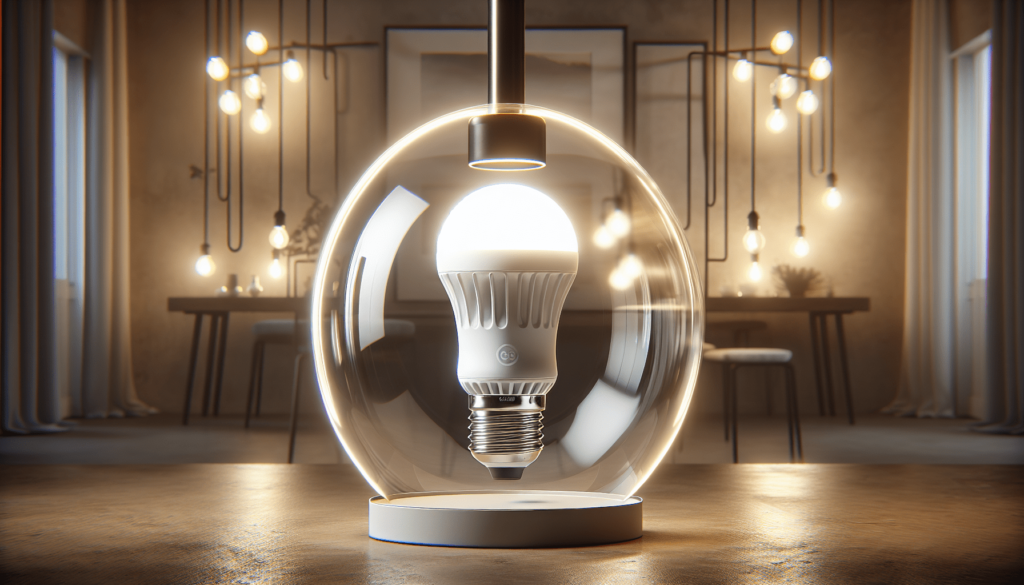
Drawbacks and Limitations
Despite their advantages, smart bulbs are not without their limitations. Understanding these can help you anticipate and mitigate potential challenges:
Wi-Fi Usage and Connectivity Issues
Smart bulbs require a stable network connection. Overcrowded networks can lead to latency or disconnections, impacting performance.
Security Concerns
Smart bulbs connected to your home’s network may pose security risks. Ensuring firmware updates and secure passwords can help protect against unauthorized access.
Power Consumption When “Off”
Even when off, smart bulbs consume some power to stay connected to the network, though this is minimal and often offset by their overall efficiency.
Troubleshooting and Best Practices
Implementing smart lighting systems can be trouble-free with the right guidance. Here are some best practices to avoid common pitfalls:
Connectivity Issues
- Router Placement: Ensure your router is centrally located and not obstructed by thick walls.
- Signal Extenders: Consider using Wi-Fi extenders to improve reach.
Power Failures and Smart Bulb Recognition
Power outages may disrupt smart bulbs, but ensuring devices reboot appropriately and are routinely updated can mitigate issues.
Smart Lighting Ecosystems
To fully capitalize on smart lighting, understanding how it integrates with other smart devices is key.
Smart Switches and Dimmers
Combining bulbs with smart switches offers nuanced control and flexibility, allowing users to manage lighting even when traditional switches are used.
Lighting Hubs
Hubs like Philips Hue Bridge or Samsung SmartThings expand capabilities, allowing integration with broader smart home systems for cohesive control.
Outdoor and Specialty Uses
Smart lighting is not confined to indoor applications. Outdoor and specialty uses are gaining traction.
Outdoor Smart Lighting Solutions
Weather-resistant smart bulbs enable exterior applications in patios or gardens, enhancing security and ambiance.
Specialty Applications
Applications in environments requiring precision or unique functionality, such as security lighting with motion detection, are emerging trends.
Future Trends in Smart Lighting Technology
The future of smart lighting promises exciting advancements, encompassing improved energy efficiency, broader compatibility, and enhanced user experiences. As technology evolves, the lines between traditional and smart home lighting will further blur, offering unprecedented flexibility and control for modern households.
In conclusion, while not every light fitting will seamlessly accommodate a smart bulb, there are solutions and accommodations for most scenarios. By understanding the functionality, installation requirements, energy implications, and integration capabilities, you can make informed decisions about smart bulbs, contributing to a more connected and efficient home environment.
Disclosure: As an Amazon Associate, I earn from qualifying purchases.



